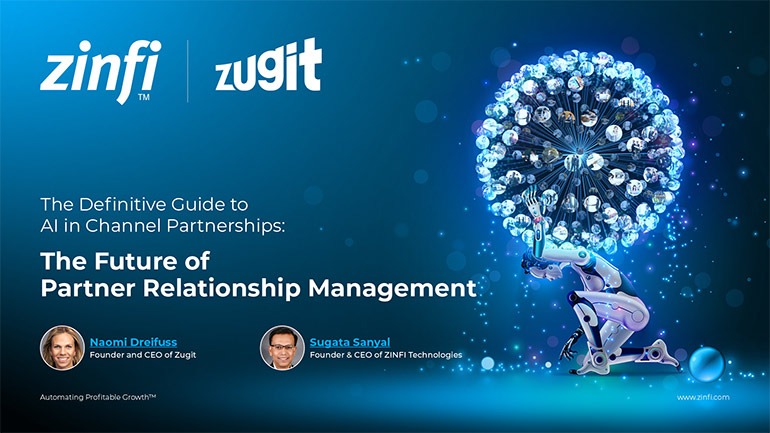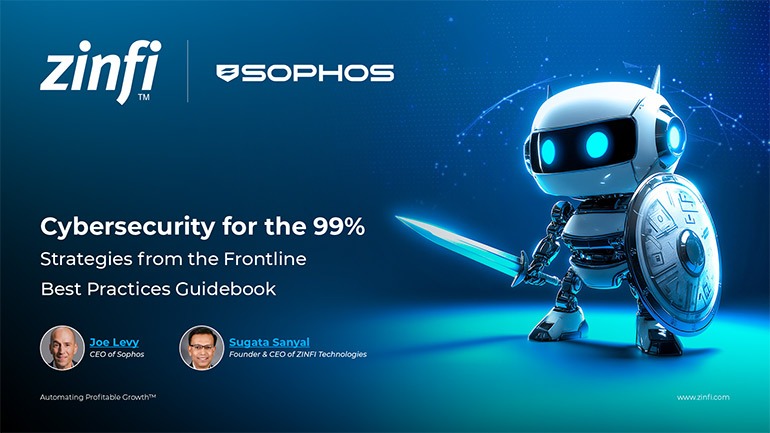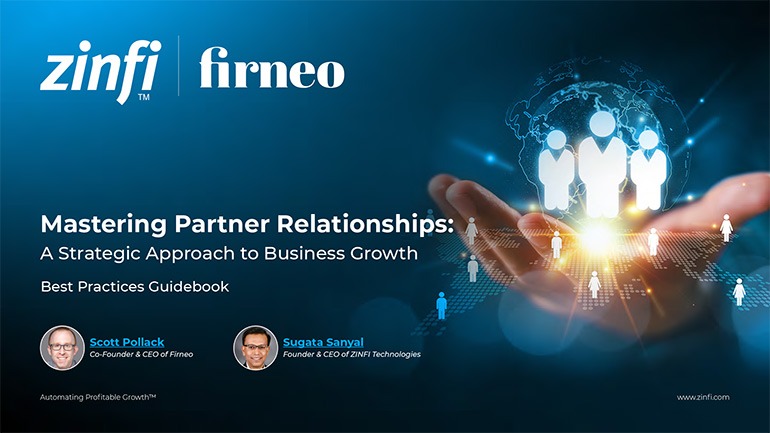Glossary - How to - Partner Relationship Management Tools
How to Choose the Best Partner Relationship Management Tools?
Introduction
What Are Partner Relationship Management Tools?
Partner Relationship Management (PRM) tools are specialized software platforms designed to streamline and automate a company’s relationships with its partners. These tools provide a centralized portal for onboarding, training, collaborating, and enabling partners, ensuring smooth communication and performance tracking. PRM tools have become crucial as businesses increasingly rely on a network of resellers, distributors, consultants, and technology partners to drive growth and expand market reach.
In competitive marketplaces, the best partner relationship management tools enhance operational efficiency and strengthen partner loyalty and satisfaction. Companies that leverage PRM software effectively can manage complex partner ecosystems, deliver consistent messaging, and drive better sales outcomes. The right tool is key to ensuring a productive, scalable partner program.
Why PRM Tools Are Vital for Partner Management Automation
In partner management automation, PRM tools act as the core engine, integrating CRM systems, marketing automation, and sales enablement features into one ecosystem. Automated workflows for partner onboarding, deal registration, co-branded marketing campaigns, and incentive management significantly reduce manual tasks and human errors. In Partner Relationship Management (PRM), using the best tools ensures organizations can scale globally, maintain brand consistency, and track performance metrics in real time, leading to smarter business decisions and a measurable return on investment (ROI).
Key Takeaways:
Understand Your Partner Ecosystem:
- Assessing partner types: distributors, resellers, MSPs, OEMs.
- How different PRM features serve different partner models.
Prioritize Essential Features:
- Must-have functionalities: partner onboarding, deal registration, marketing development funds (MDF) management, and co-branding tools.
- Importance of mobile access, AI-driven analytics, and customizable workflows.
Integration Capabilities Matter:
- Seamless integration with CRM (e.g., Salesforce, HubSpot) and Marketing Automation platforms.
- API capabilities and single sign-on (SSO) support.
Ease of Use and Partner Adoption:
- How UX/UI design impacts partner engagement.
- The value of customizable dashboards and localized content for global partners.
- Strategies to drive higher PRM tool adoption.
Focus on Analytics and Reporting:
- Importance of real-time partner performance tracking.
- How analytics support decision-making in PRM.
Summary of Key Takeaways:
Choosing the best PRM tool requires a deep understanding of your partner ecosystem, identifying must-have features, prioritizing seamless integration, ensuring usability, and leveraging detailed analytics.
Key Examples:
- Automotive Manufacturing:
- A car manufacturer managing dealership training and certifications through a PRM.
- Consumer Electronics:
- How electronics brands use PRM to manage retail partnerships and launch co-marketing campaigns.
- Energy Production:
- Managing regional installation partners for solar energy products via a centralized PRM portal.
- Financial Services:
- How banks and insurance companies handle affiliate partner onboarding with automation.
- Food and Beverage:
- Managing supply chain distributor relationships and ensuring consistent brand messaging.
- Healthcare Services:
- Coordinating service providers, equipment distributors, and partner clinics through PRM platforms.
- Information Technology:
- Software companies managing reseller and service provider ecosystems with extensive deal registration workflows.
- Pharmaceutical Development:
- Life sciences firms ensuring regulatory compliance while managing pharmacy and hospital partnerships.
- Retail Industry:
- Handling franchising partnerships with inventory updates, promotional calendars, and co-branding tools.
- Telecommunications:
- Managing VARs (value-added resellers) and solution providers with automated lead management and MDF fund tracking.
Conclusion:
In today’s interconnected world, selecting the best partner relationship management tools is not just a tactical decision but a strategic one. Organizations that choose the right PRM platform empower their partners to perform at their best, foster loyalty, drive growth, and create a measurable impact on the bottom line. By understanding your partner’s needs, choosing essential features, ensuring seamless integrations, prioritizing usability, and leveraging actionable analytics, you can unlock the true potential of your partner ecosystem.
Partner relationship management is no longer a manual task; it’s a highly strategic, technology-driven initiative that, when done right, can set your business apart from the competition. Leveraging platforms like ZINFI ensures a scalable, measurable, and dynamic approach to partner success.
Associated Keywords:
- Partner Management Software Solutions
- Top PRM Platforms
- Partner Portal Management Best Practices















